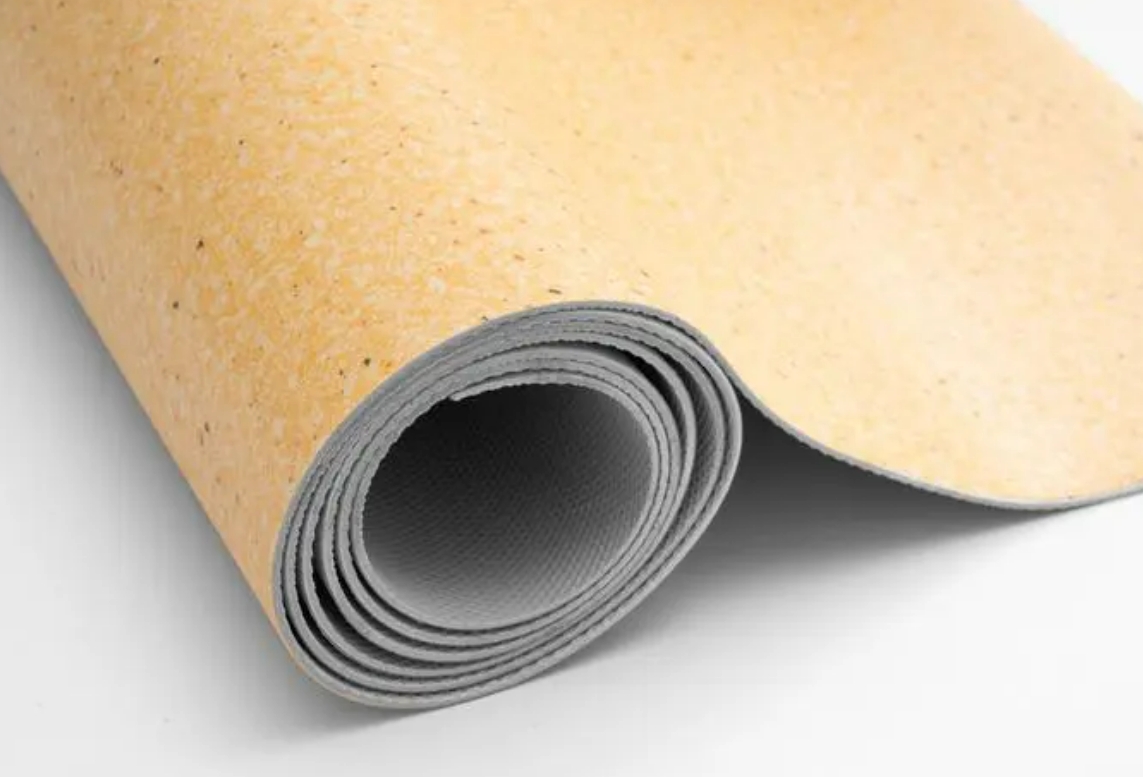Vinyl plank flooring, including vinyl wood floor and white vinyl flooring, has become a popular choice for many homes and businesses. This flooring type offers numerous advantages, making it appealing to consumers. However, it also has some disadvantages that need to be considered before installation.
One of the primary advantages of vinyl wood floor is its durability. This type of flooring withstands daily wear and tear, even in high-traffic areas. Additionally, vinyl wood plank flooring is water-resistant, making it ideal for kitchens and bathrooms.
Maintenance of vinyl wood floor is straightforward. Regular sweeping and mopping keep it clean and looking new. This ease of maintenance is a significant benefit for busy families or commercial settings.
Vinyl wood plank flooring is also known for its easy installation. Homeowners can often install it themselves without professional help. This flooring usually features a click-and-lock system, simplifying the installation process.
The appearance of vinyl wood floor is another significant advantage. This flooring mimics the look of real wood at a much lower cost. Vinyl wood plank flooring comes in a variety of styles and colors to match any decor.

However, vinyl wood floor also has some disadvantages. One of the main drawbacks is its susceptibility to damage from sharp objects. While durable, the flooring can get scratched by knives or scissors.
Another disadvantage of vinyl wood plank flooring is that it is not biodegradable. This type of flooring can contribute to plastic waste accumulation in landfills. Environmentally conscious individuals might prefer more sustainable materials.
White vinyl flooring is an aesthetically pleasing option but may require more upkeep. The white color tends to show dirt and stains more easily. Keeping white vinyl flooring clean can be challenging in homes with children or pets.
Despite its durability, vinyl wood floor can fade with prolonged exposure to sunlight. UV light can affect the color and appearance of the flooring. Using curtains or blinds can help protect vinyl wood plank flooring from discoloration.
In terms of comfort, vinyl wood floor is generally softer to walk on than other hard floors. This type of flooring offers a more cushioned surface underfoot. However, it does not provide the same warmth as natural wood floors.
White vinyl flooring can brighten any space, making it appear larger and more open. This type of flooring is ideal for small rooms or areas with limited natural light. However, maintaining white vinyl flooring spotless and stain-free can be a constant task.
Vinyl wood floor is an economical option compared to other flooring types. Homeowners can achieve the look of wood without the high cost. Vinyl wood plank flooring offers good value for money, especially for budget-conscious renovations.
Regarding installation, white vinyl flooring can be installed over most existing subfloors. There is no need to remove old floors, saving time and money. However, proper subfloor preparation is crucial to avoid visible imperfections in white vinyl flooring.
Despite its advantages, vinyl wood floor does not add as much property value as authentic wood floors. Homebuyers might prefer more traditional materials. Vinyl wood plank flooring is practical but may not be the best choice for boosting resale value.
In conclusion, vinyl wood floor offers a blend of durability, style, and easy maintenance. Vinyl wood plank flooring is a versatile and cost-effective option for many homes and businesses. However, disadvantages like potential fading and environmental impact should be considered. White vinyl flooring adds a modern, bright touch but requires extra care. Choosing the right type of vinyl flooring depends on the individual needs and preferences of each homeowner.





